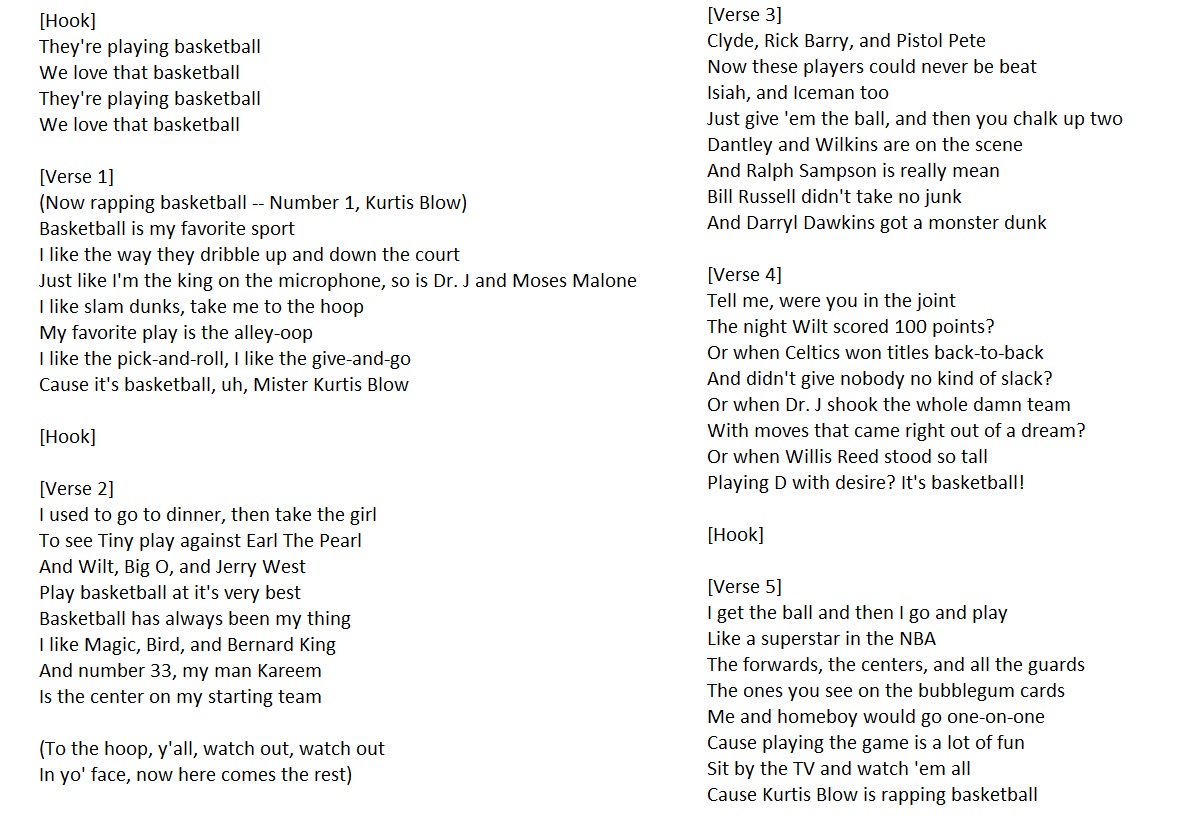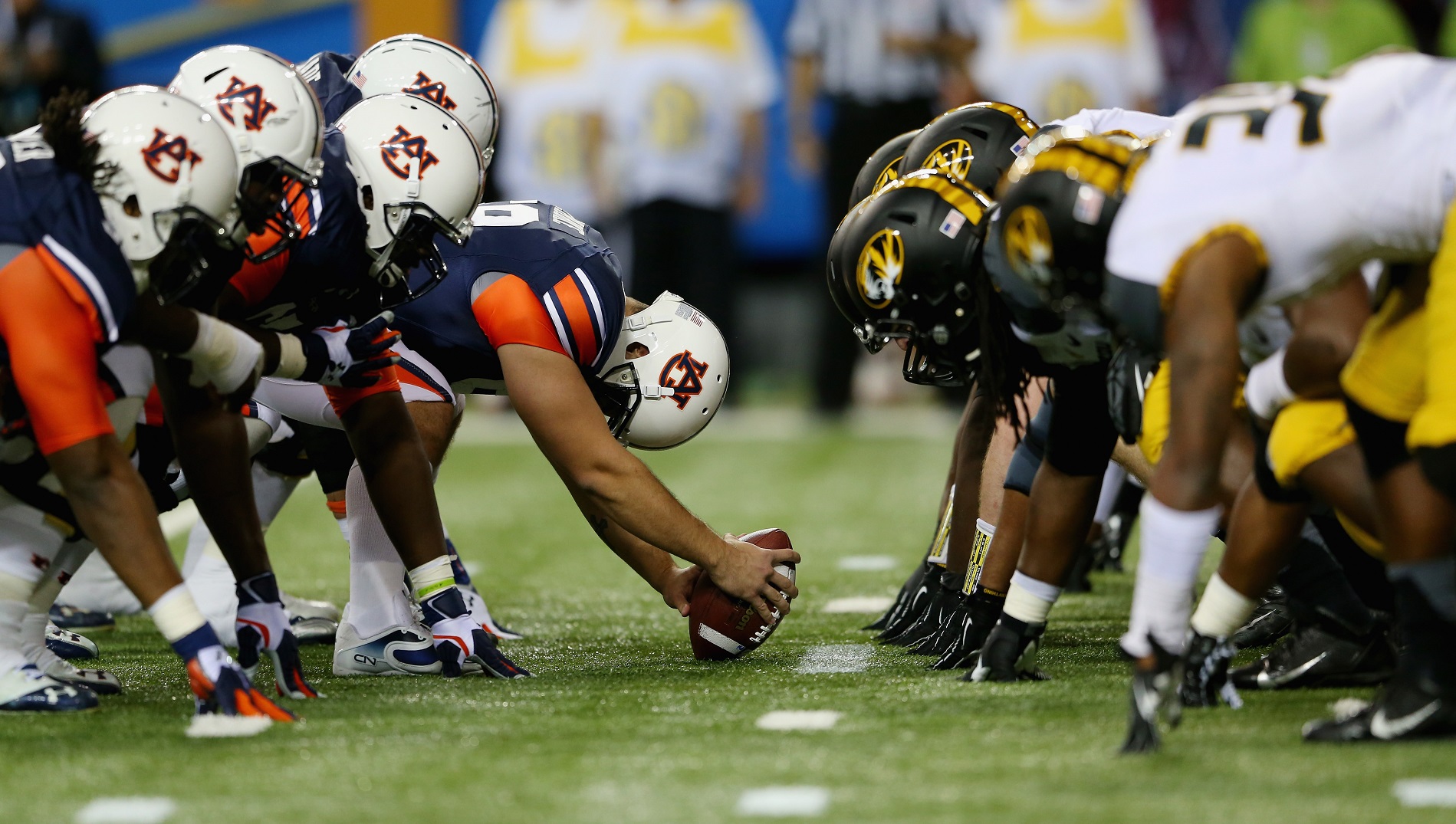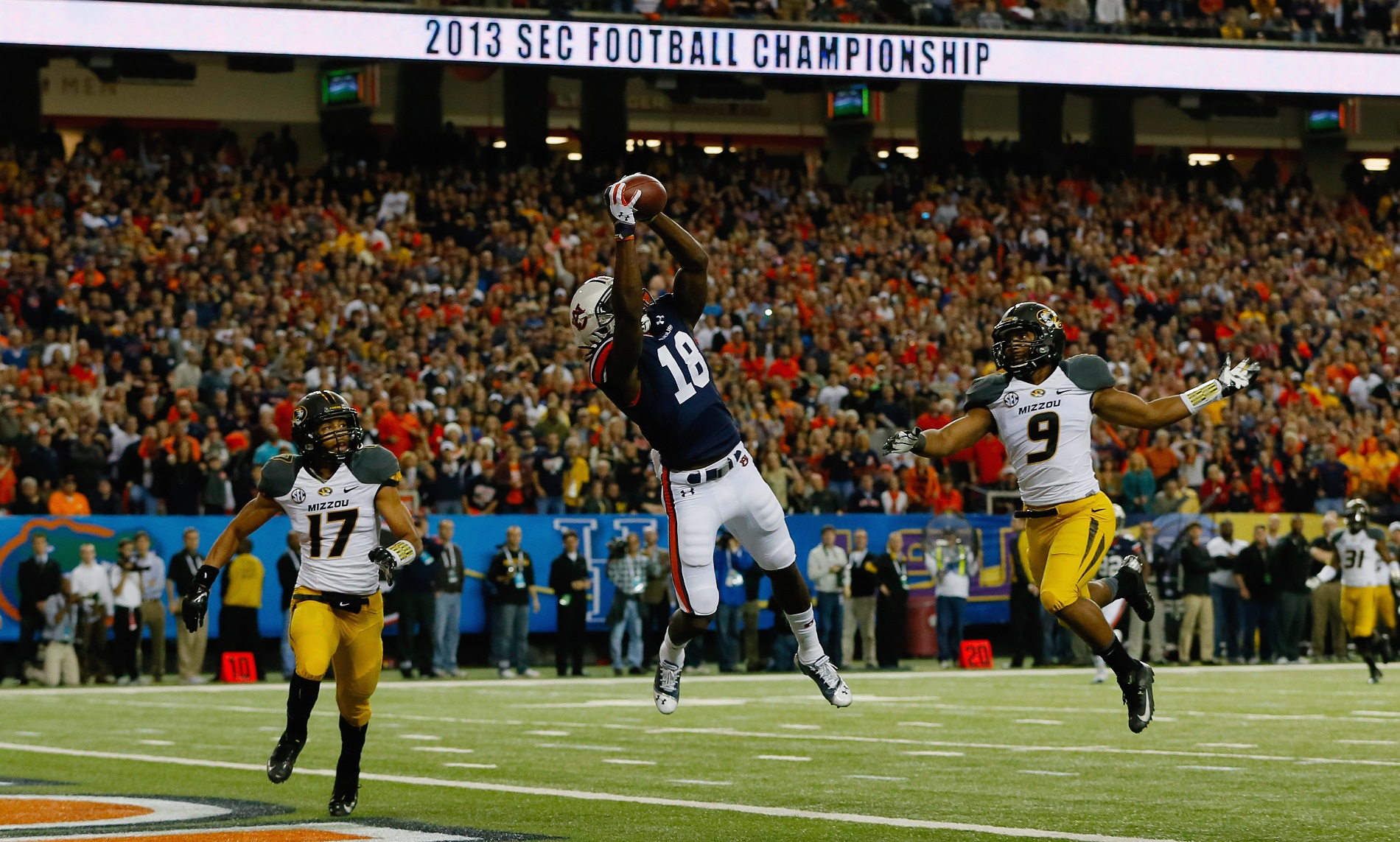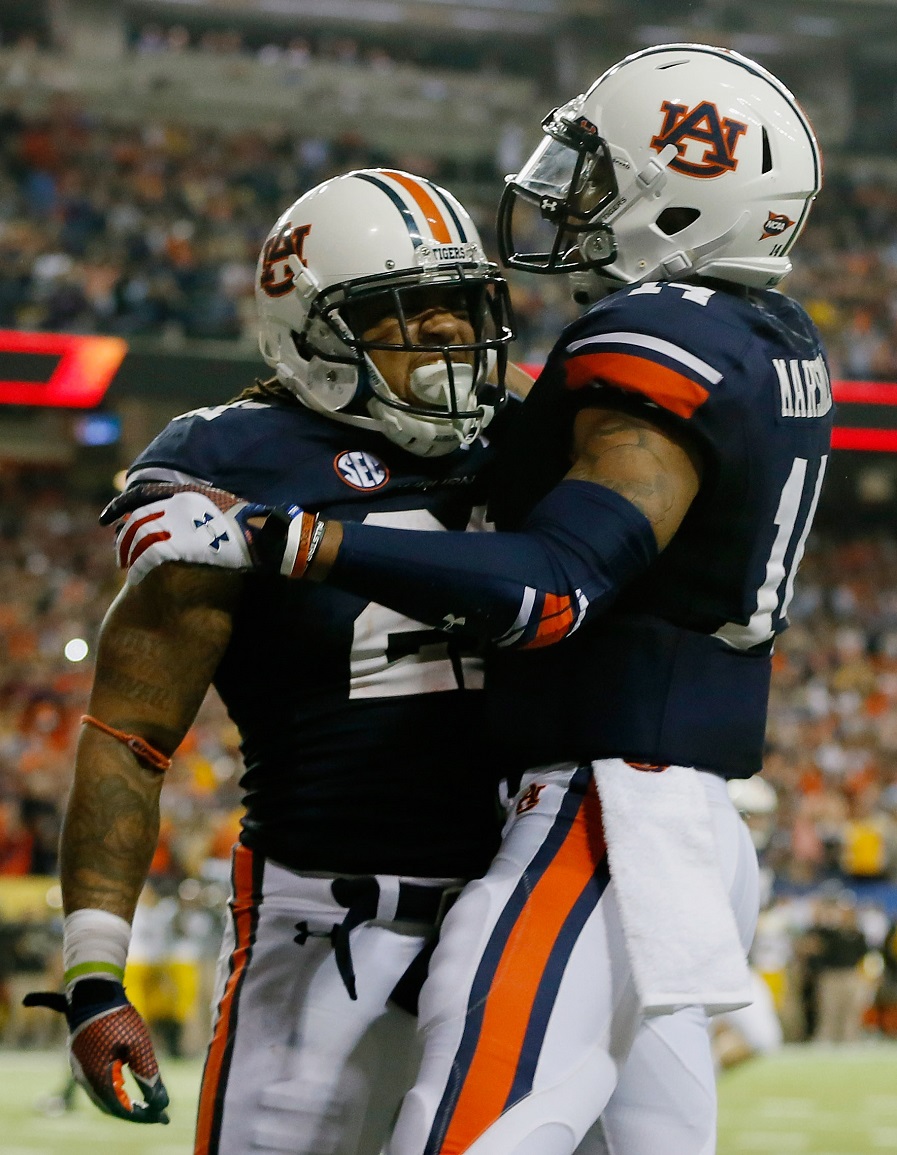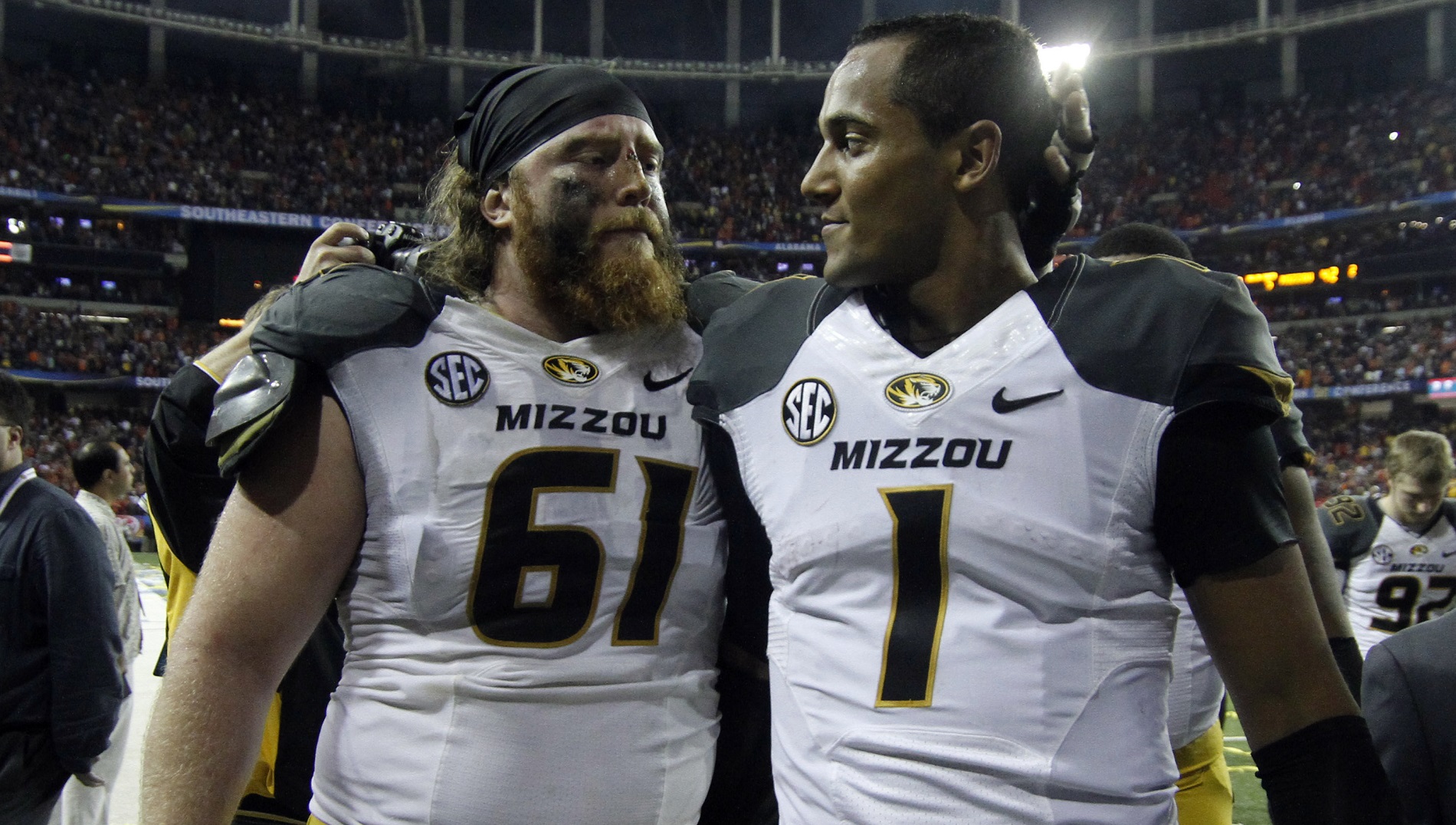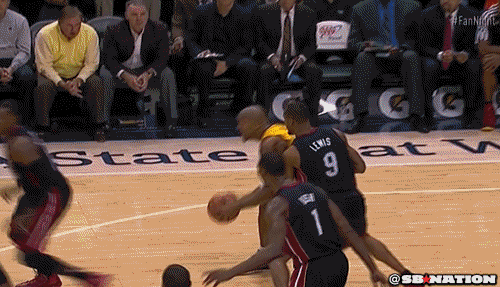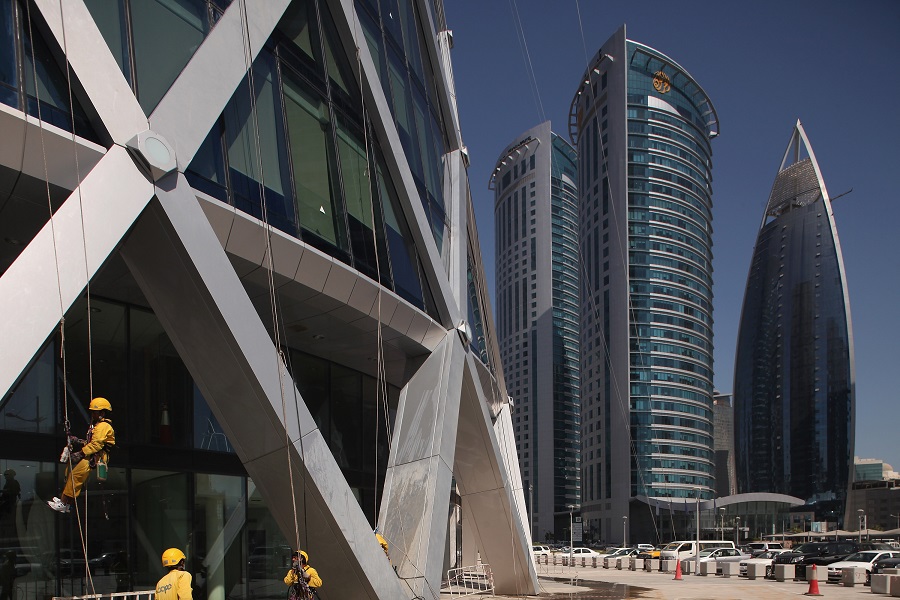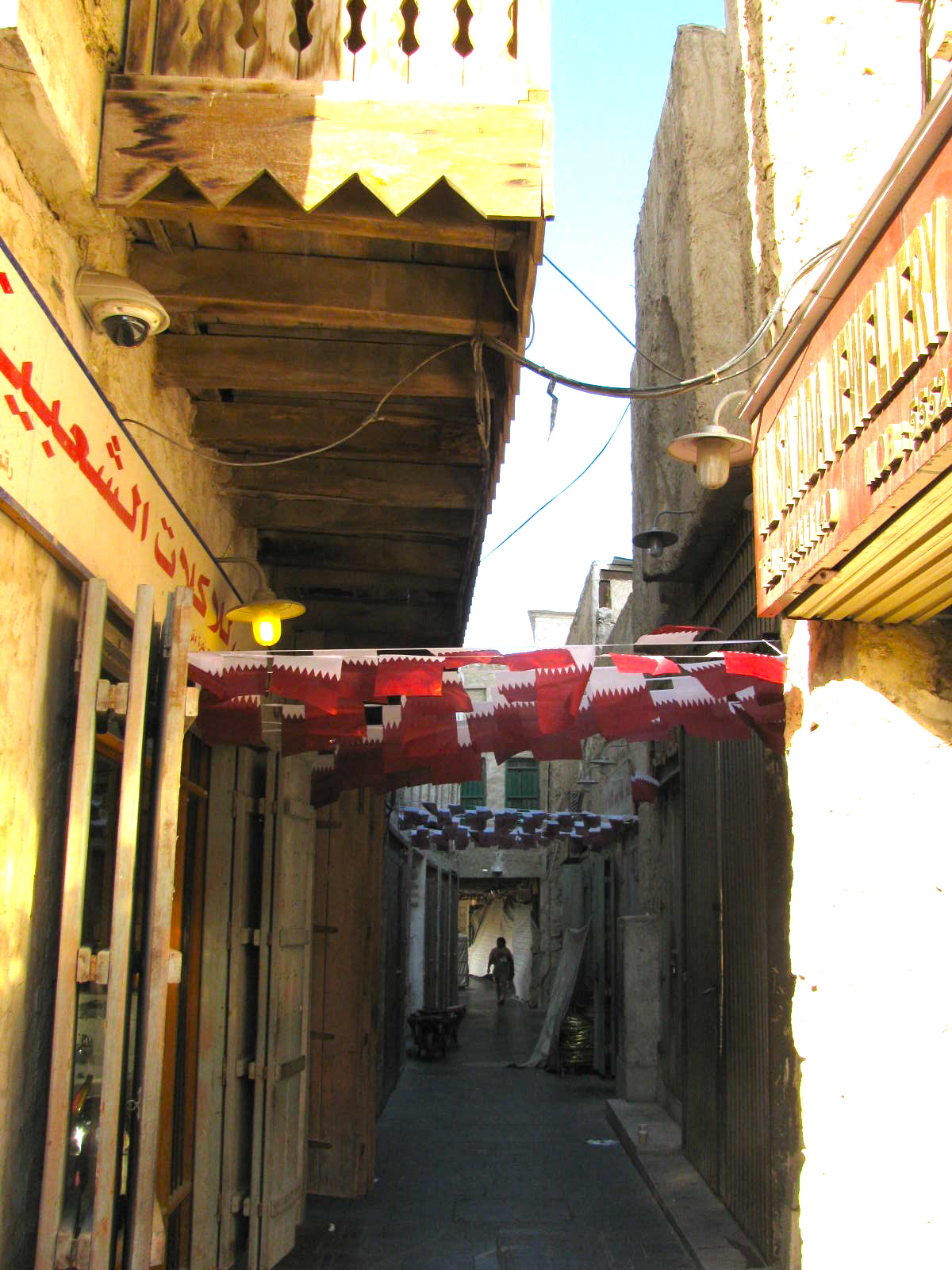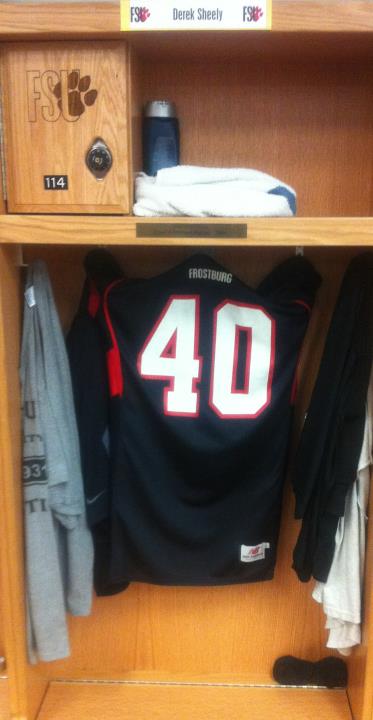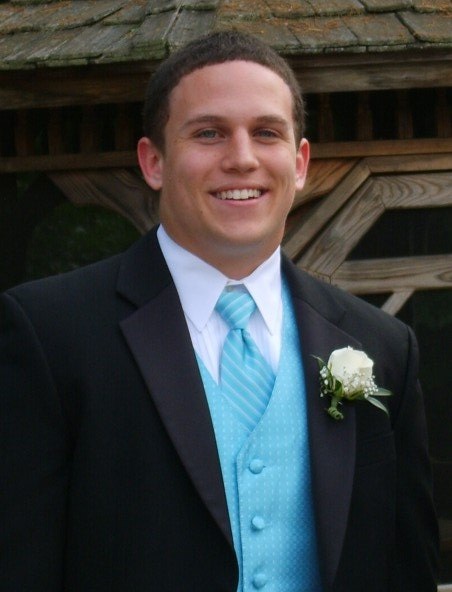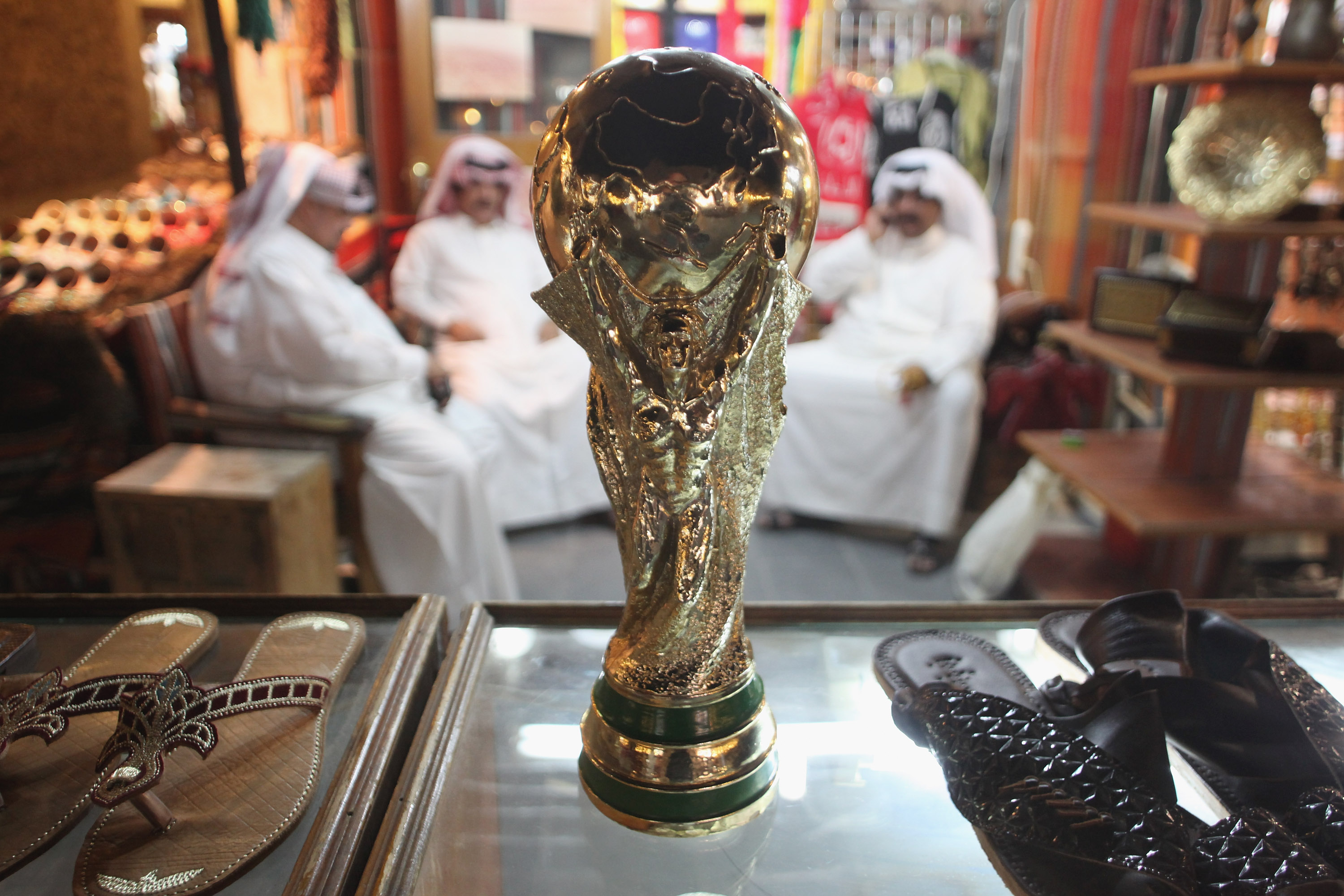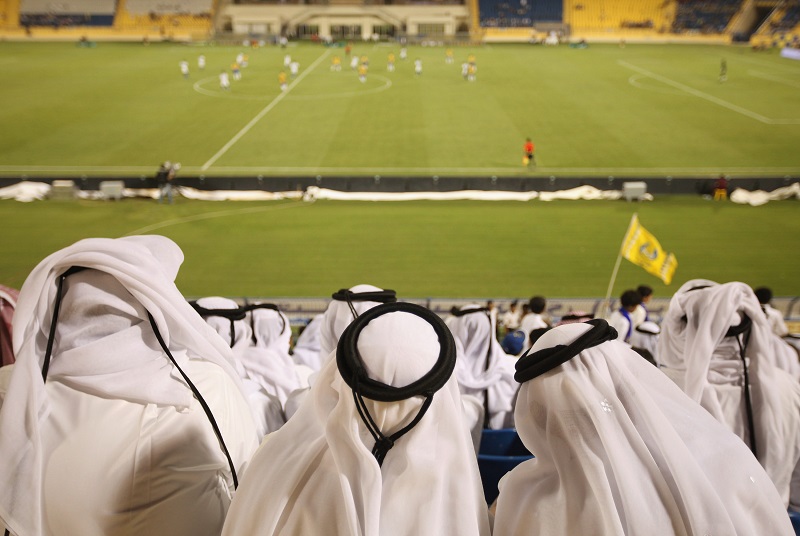Ken Sheely sits on a couch with a photo album on his lap. He flips the pages. His son, Derek, gets older with each turn. Smiling at the beach. At Disney World. At Gettysburg. There's even a picture of him in a baseball uniform. He played that sport only one season.
The bigger Derek gets in the pictures, the more he looks like himself. Permanent teeth replace baby teeth, and the smile grows into the one beaming from a picture in a frame above the fireplace, the one that hints at mischievousness. His wavy hair becomes more manageable. His neck thickens. His knife-flick dimples, the same ones his mom has, sink deeper into his cheeks.
His mom, Kristen, and dad tell me stories about these pictures. The surprised look on his face as he opens a present? Totally faking it. He knew he was getting the video game. Another about Derek and his sister, Keyton, getting up before dawn on Christmas, even when they were grown.
Ken pounds his fist into his leg and Kristen cries and they both laugh. All the while stories about Derek tumble out of them.
![Cruise_2011_344_medium]() Derek, Kristen, Ken, Keyton in 2011.
Derek, Kristen, Ken, Keyton in 2011.
Most of the pictures are pre-growth spurt. Some are during it, as he grew from a boy into the 5'11, 225-pound man he was when he died playing football.
We talk about Derek for hours. Ken pounds his fist into his leg and Kristen cries and they both laugh. All the while stories about Derek tumble out of them. They start one and that reminds them of another, which reminds them of a third story, and by the time they finish the first one they've thought of yet another still.
We also talk about their bottomless and permanent grief over his death, their fury over the circumstances and their desire to make sure no parent has to endure what they are. Not what they have endured, but what they are still enduring, and what they will endure for the rest of their lives.
I have already talked to many of Derek's friends, teammates and coaches. My notebook overruns with stories about him, some his parents know, some they don't.
They ask what I've been told. I tell them a story about Derek staying up into the wee hours with his high school buddies at a hotel on the beach, unable to sleep, bouncing around the room, singing songs by an artist whose name I can't recall. "It was probably Pastor Troy," Kristen says.
She's right.
I pull out my notebook and find a quote from one of Derek's friends about Derek's well-known ability to bullshit people. I read it to them: "You'd be like, ‘Yeah, yeah, yeah.' And you'd go back to your room and think about it. Then you'd come back out and say, ‘What are you talking about?' And he'd say, ‘Yeah, I was BS-ing you.'"
Ken says, "That was probably Dwayne."
Right again.
As I get ready to leave, Ken and Kristen Sheely make a request I've never heard in all my time as a reporter. After my story is published, if I have leftover stories about their son, would I share them?
Stories are all they have left of Derek now. They want as many as they can get, even though hearing them burns open wounds.
★★★
Derek started playing football in a Pee-Wee league near York, Pa. A 49ers fan, he wore a Steve Young jersey to practice every day. The coaches didn't know his name yet, so they called him Steve Young. He asked his dad to position lawn chairs in the backyard like linemen, so he could practice running through the holes.
He loved video games and got good grades. "The only time I ever got a call from a teacher was because he was too sarcastic in class," Kristen says. "One time we went in for a conference and the teacher confided in us that the other kids didn't understand that he was just joking. They weren't quite up to speed. What are you going to do? I, of course, encouraged him."
The Sheelys say their son carried himself with confidence, even back then, when he was small for his age. Shortly after the family moved to Germantown, Md., a bigger kid came up to him on the bus and said, "You're in my seat." Derek, a middle schooler, stood up. He looked down at the seat. He said, "I don't see your name on it."
Two kids roughed him up for that. The bus driver didn't see anything, and the principal denied there was a problem, so nothing happened. The kids went after him again, and this time the bus driver saw it. They got kicked off the bus for the rest of the year. All the other kids thanked Derek for standing up to those kids, because they had been bullying everybody on the bus for two years.
Dwayne Washington's family — the Dwayne of the bullshitting story — moved to Germantown around the same time as the Sheelys, to escape a rough neighborhood. As Washington describes it, this was a key time in his life. As a young black kid, Washington wondered how he would fit in with his mostly white classmates.
His first friend in Germantown was Derek. "No matter where you are, there's always going to be a bad crowd," Washington says. "He definitely got me on the right levels as far as who to hang with."
★★★
![Dts-084_medium]() Derek in his Northwest jersey.
Derek in his Northwest jersey."In my 15 years of coaching, if I've coached 1,500 kids, he's a top 10, top 5."
When Derek joined the Northwest High School junior varsity football team, he was still small. Then-coach Randy Trivers loved his work ethic and pulled him up to the varsity team at the end of his sophomore year, though he didn't get on the field. When he finally grew, he became an important leader and player. He played fullback and linebacker, and his teammates voted him one of five captains for his senior year.
"He's not that guy who's going to impress you with numbers, his 40 times," says Andrew Fields, then-Northwest's offensive coordinator. "But whatever needed to get done, he got done. In my 15 years of coaching, if I've coached 1,500 kids, he's a top 10, top 5, not just in football smarts, but book smarts."
His friends say he was a natural at school, particularly in history classes. One called him "easily smart," yet he worked hard anyway. Northwest gives out an award each year to the senior who best combines on-field performance with a high GPA. Sheely won it.
Derek ate lunch often with his teammates in Trivers' office, where they teased each other and their coach. Bus rides home after wins were a hoot. Chris Patterson, a co-captain with Derek, told me the players copied the "Jump in, Jump Out, Introduce Yourself," chant from cheerleaders. Instead of introducing themselves, as cheerleaders do to opposing squads, they introduced various teammates and unloaded insults to the delight of everybody on the bus.
"I don't think of him with his shoulder pads and helmet on," Fields says. "I think of him in a meeting, or at a banquet, or at an event, with his teammates, with a smile on his face, holding court."
★★★
When Derek's high school football career ended, it seemed his football career would, too. He wasn't big enough or fast enough to play DI football. In the winter, some small schools showed interest in him, but Derek decided to enroll at Penn State, where his parents went, where he had always wanted to go.
He started classes in the summer, and when August rolled around, he told his parents he changed his mind. Dwayne Washington and a bunch of his other high school teammates were going to Frostburg State, a DIII school in western Maryland. He wanted to enroll there and play football with his friends.
His parents did not like the idea. They worried transferring was his attempt to relive his high school years. They believed the education he would get at Penn State would be much better than the education he would get at Frostburg State. They tried to talk him out of it.
They told him if he stayed at Penn State, he would get a full-ride "parent scholarship," but if he transferred, he'd have to pay for his education himself. He would have to buy his books and pay the first $3,000 each year. They would loan him — not give him — the rest. The loan would be interest free, but he would have to pay it back in three years.
Derek told his dad, If I loved golf or basketball or tennis, I could keep playing it forever. But I love football, and this is the last time I can play. If I don't play, I'll regret it.
Ken drew up a contract laying out the rules, hoping to convince Derek to stay at Penn State. In addition to spelling out Derek's financial obligations, the contract demanded he maintain a minimum GPA. If he dropped below it, he'd have to leave Frostburg State. Ken made Derek initial each page and sign the last one, so he couldn't come back later and claim he didn't know what he was agreeing to.
Ken wondered if he was being too tough. "Is he really going to be able to make it on his own? Is he really going to be able to balance his checkbook and not spend it all on video games?"
To his parent's delight, he did it. "He had never worked a day in his life, so $3,000 a year might as well have been $1 million. To his credit, he made it happen. He signed it. He did it. He started working summer jobs. He started busing tables and made $3,000 the hard way," Ken says. "Each summer he got a better summer job and a better summer job. The point of the story was, just doing this would be a better education than he gets in college."
And every job meant more stories, stories people still talk about when they talk about Derek, like the one told by Katrina McFarland, a waitress at now-closed Café Mileto in Germantown. As a busboy, Derek befriended her. He delivered food occasionally, and she let him borrow her car to do so.
One time when he returned to the restaurant, he intentionally parked her car so close to the next car, within only a few inches, that when she left work to go home, she couldn't even squeeze between the cars on the driver's side, much less open the door. She had to climb through the passenger's side to get in.
★★★
![Dts-163_medium]() Frostburg teammates Anthony King, Dwayne Washington, Derek, Josh Volpe.
Frostburg teammates Anthony King, Dwayne Washington, Derek, Josh Volpe.
Derek thrived at Frostburg State. On the field, he twice was named to the academic all-conference team. A fullback, he gained a reputation as one of the toughest guys on the team. He blocked for two of his closest friends — quarterback Josh Volpe and running back Anthony King, both of whom he also blocked for at Northwest.
A fullback, he gained a reputation as one of the toughest guys on the team.
When Derek scored a touchdown, he and Dwayne Washington, who also went to Frostburg State and played linebacker, had their own handshake, their own dap — Washington's right hand would smack Derek's left, then vice versa, then they'd lean back. They also had a gentlemen's agreement not to hit each other in practice. Rashad James, a defensive back, wasn't so lucky. He tried to avoid contact with Sheely. "It was like running into a Mack truck," he says.
Off the field, Derek had no problem maintaining the minimum GPA required by the contract he had signed. Washington tells a story about when they got report cards. "He said, ‘Man, I got a 3.9.' I'd be like, ‘Man, you're upset about that? If I got a 3.9, my mom would buy me a new car.'"
Washington says he probably would not have graduated from college without Sheely's help. As part of his course work, Washington often had to produce short films and documentaries. Sheely always made time to appear in them. In one, Sheely calls football, "the greatest game ever invented on the face of the earth."
He might have had a future as a teacher. Garfield Lampkin, a running back at Frostburg State, said he and Sheely had the same professor for a political science class, but were in different sections. They reviewed the study guide together, and Sheely insisted that Lampkin repeat the information back to him. When Lampkin struggled with a particular part, Sheely re-taught it another way. "He wouldn't let me leave until I understood it," Lampkin says.
He called his parents once and told them about an encounter with a professor after she returned his paper with "F, plagiarism," written on it. It was a Russian literature class, and he dropped several very specific Russian history references into the paper. She accused him of lifting them from another source without providing a citation.
His friends admired his ability to get good grades, play football and enjoy the college life all at once.
Derek didn't panic or get mad. He told her he was taking a Russian history class so he knew all that stuff already. Why should he have to cite stuff he knows? She changed the grade to an A.
His friends admired his ability to get good grades, play football and enjoy the college life all at once — and in that order. He set aside time for each activity. If his girlfriend came over when he was playing Xbox, one friend told me, Derek would say, "You know this is my Xbox time, right?"
In his final summer, he interned at the Department of Energy, where his dad worked. That got him interested in civil service. After graduation, he wanted to work overseas for the CIA.
★★★
In August 2011, Derek returned for a fourth and final season at Frostburg State. He already had enough credits to graduate, but he returned to play football as a fifth-year senior. He figured he would add another major as he played a final season. A few days after his parents dropped him off at school, Ken and Kristen dropped off their daughter, Keyton, at Penn State.
Ken's phone rang.
It was a surgeon. He wanted permission to operate on Derek. During practice, he had suffered a terrible head injury. He was unconscious and had massive swelling. Ken pulled over and listened as the surgeon spoke. He said that he doubted Derek would survive the procedure.
Ken and Kristen rushed to the hospital in Cumberland, Md., just short of two hours from State College, Pa., panicked that Derek would die before they got there. He survived the surgery and was transferred to the University of Maryland Shock Trauma Center, in Baltimore.
Doctors there propped him up in an attempt to use gravity to get the swelling in his brain to go down. Seeing him vertical startled his friends.
Sitting by his bed, Ken and Kristen talked to their son. They told him they loved him. They told him they were there for him. They told him he was a fighter. They played Pastor Troy.
They bargained for his life.
That week, an earthquake and a hurricane hit Baltimore. Dwayne Washington said he thought the earthquake represented Sheely's fight. He sat with Derek for hours.
The Sheelys told family and friends to come to the hospital to say goodbye.
![Sheelylocker_medium]()
On Saturday, Aug. 27, as Hurricane Irene threatened to batter Maryland, the Sheelys told family and friends to come to the hospital to say goodbye. Derek was going to die.
"People kept flooding in and flocking in," Ken says.
"It was unbelievable," Kristen says.
So many people showed up the hospital employees asked what was going on. It got so crowded that they ushered some of them to a separate room. Ken couldn't believe, and still can't, that a young person touched so many people.
Everybody wore their despair. "When you looked into his mother's eyes, you could just tell, it was like a piece of her was not there," Washington says. "You just wanted to do something for her, to make her smile, to give her a glimmer of hope."
So Derek's friends started telling stories about the man they called "Sheely." His friends and family laughed and cried at the same time. In the last hours of his life, Derek Sheely's parents got to know him better. "We always thought he was great and wonderful," Kristen says. "But then you hear these people you don't even know telling such detailed stories ..."
There were the stories about him helping people with schoolwork, about how he was never in a bad mood and about how he knew when to put his arm around people and when to kick them in the pants.
Washington told a story about cereal.
He loves Frankenberry. He can never find it at the store so he orders it online. On Super Bowl Sunday, while Washington was out of town, Sheely threw a party. One of their teammates drank a few too many beers and broke into Washington's private stash of Frankenberry.
Sheely kicked him out of the party.
Someone told a story about the day Sheely was hanging out in the football facility. A freshman walked in and asked directions to the training room. Sheely told the kid to go outside, take a left here, turn left there, turn left again, take another left one more time, and then he'd be there. A few minutes later, the kid walked back in the same door he had just gone out of and saw Sheely still standing there. The training room he wanted directions to was, and had been, right in front of him. On the spot, Sheely had sent him in a circle.
Everybody understood that one because everybody has a story about Sheely bullshitting someone, making up a story on the fly and convincing everyone it was true, like the time he got a friend all excited to buy the phone with three cameras that was coming out. Or the time he sent a teammate to the practice field in full gear when there was no practice. Or the time he outlined Frostburg State's plans to scrimmage Penn State.
Even his parents sometimes couldn't tell when he made stuff up. He knew so much history and was so good at telling stories, they didn't always know when he embellished them.
"It came to the point where I'd just stop listening to him — ‘You're not going to get me this time,'" Lampkin says. "That's not the guy you wanted to ask [a question] if you were a freshman."
Volpe, the quarterback, spent several minutes freaking out one day when he discovered a crack on the screen on his laptop, steeling up his nerves to tell his parents he needed a new one. Sheely let him twist for a while before telling him that he had moved all the apps and downloaded a fake screen with a crack. "Whenever you talk about him, it's going to bring a smile to your face," says King, the running back. "He always brought comedy into the room."
Sheely made strange bets and then was too stubborn to lose them. That explains why he once devoured a dozen or so steaks in one sitting, ate every meal for weeks without using utensils and attended every Penn State football game one season wearing shorts and a T-shirt.
He did great impressions — characters from "The Godfather," "The Simpsons," his friends and family. Nobody was immune.
Even Ken Sheely tells a story about that: "I would just go crazy on the stupidest stuff. One day I remember I was home, and there were three bottles of chocolate in the pantry. I said, ‘Why do we have all these?' Kris would say, ‘Derek likes chocolate, it was on sale, so I got some.' Half an hour, an hour later, he's rummaging around in there, and he'd see that there were three bottles of salad dressing, and they were the salad dressing for me. He would kind of mimic me, go all crazy. He would get his point across, but you couldn't help but laugh at yourself, because you could see what you looked like."
Some of the stories that came out at the hospital were the type college kids don't usually tell parents, stories about, um, going out and having a good time, maybe drinking a beer or two, staying up into the late hours, bouncing around the room, singing Pastor Troy.
Ken and Kristen weren't surprised. They told their son's friends a story about the time they came home from a weekend away and suspected Derek had hosted a party. Ken noticed a coaster was missing and the refrigerator was slightly askew. The evidence hinted at a party, but it proved nothing. The Sheelys never knew for sure whether the party happened. As Ken finished telling this story at the hospital, many of the heads in that crowded room dropped. That told a story all by itself: They had all attended the party.
★★★
The cause of death was traumatic brain injury caused by a helmet-to-helmet hit.
On Aug. 28, 2011, the day after everyone gathered at the hospital, Derek Thomson Sheely died. He was 22. The cause of death was traumatic brain injury caused by a helmet-to-helmet hit.
The Sheelys say school officials told them nobody knew what caused such a severe injury. It was a freak accident, the kind that happens, albeit rarely, in a violent sport. The Sheelys had no reason to believe otherwise. In interviews immediately following Derek's death, Ken made a point to say Derek's death was an accident and no one was to blame. He and Kristen went home and grieved.
Ken harbored anger at Derek for putting himself in jeopardy. He thought Derek should have known he was in danger. But then he and Kristen learned more and more about head injuries and concussions, and they learned that Derek's head injury meant he might not have been able to think clearly enough to stop playing, that his injury itself prevented him from knowing he was too injured to play. Soon after Derek died, Ken and Kristen started a head injury foundation in his name.
★★★
![Sheely_medium]()
There is a page on The Derek Sheely Foundation website that asks visitors to "Please continue to say his name," and "Please continue to share stories about Derek with us." Seven months after Derek died, one story came in anonymously. A co-worker of Ken's at the Department of Energy, who had helped set up the website, saw it first and showed it to Ken. Ken read it. The writer said he was a player on the team and described a horrible sequence of events that led to Derek's death, of Derek hurting his head at practice, bleeding from the forehead, and a coach berating him for wanting to sit out. One line in particular has been repeated often in media stories: "Stop your bitching and moaning and quit acting like a pussy and get back out there!" the email quoted the coach as saying.
At first, Ken didn't believe it. The email was anonymous — anyone could have written it. He thought the events described were simply not true. Ken says Derek loved football and had an incredibly high threshold of pain, so the idea a coach would accuse him of begging out of practice was ludicrous.
Ken called Kristen and told her not to read the email — she had access to the website's email, too — and for months, she didn't.
An attorney named Paul Anderson contacted the Sheelys. He closely follows football's ongoing concussion problem and reached out to them when he heard about their foundation. Still, even after receiving that email, the Sheelys didn't see any need for a lawyer. Yet after Kristen shared the email with Anderson, he asked for permission to do some digging. He called players. With the email as a starting point, he uncovered a story about Derek's death that bore little resemblance to what the Sheelys had been told by Frostburg State.
Anderson learned that in the days before his collapse, Sheely came out of drills four times, bleeding from the head each time. He had a bruise on his forehead and had complained of headaches for days. He talked to the trainer about it repeatedly. But he was never checked for a concussion. Coaches kept putting him back into practice, including a drill in which running backs run over each other, and the person being run over is not even allowed to defend himself. (The drill was changed after Sheely died.)
Garfield Lampkin, also a running back, noticed his friend was woozy, not right. "I was like, ‘Dude, just sit out. It's not even that serious. It's just practice. Sit out," Lampkin says. "The next play, that happened."
Sheely took off his helmet and collapsed.
★★★
Ken and Kristen first started The Derek Sheely Foundation because the more they learned about head injuries, concussions and second-impact syndrome, the more they wanted to raise awareness about concussions — the causes and symptoms and how important it is for athletes not to play when they have one, regardless of the sport.
It wasn't about football. "I don't want to come across as a kook who wants to end football," Ken says. "Derek would be horrified if that happened."
The Sheelys do, however, want to change the culture of ignorance and faux toughness that pervades football. They propose a head injury "hero" program to reward players who have the courage to sit out with concussions — as well as coaches who force players with concussions to sit out. They created a concussion awareness kit and send out as many of those as they can to youth programs and high school programs and anyone else who will take them. They sponsor a charity run in their son's name and endowed a scholarship at Frostburg State in his honor.
★★★
On Aug. 22, the two-year anniversary of Derek's injury, the Sheelys sued the NCAA, Frostburg State head coach Tom Rogish, Schumacher, assistant trainer Michael Sweitzer and the helmet manufacturer.
They can't believe the NCAA investigates parties thrown by agents, but not the death of a player.
The Sheelys say they didn't want to sue, but they say they ran out of options in their quest to find out what happened to their son. They wanted — still want — the NCAA or Frostburg State to investigate the case. They can't believe a young man is dead and neither has done anything to find out what happened. They can't believe the NCAA investigates parties thrown by agents, but not the death of a player. They can't believe other coaches get fired for foul language, but Frostburg State coaches have faced no consequences after a player died in practice. (Rogish resigned at the end of this season.)
The NCAA, beyond offering condolences to the family, refuses to comment. So does Frostburg State. The Maryland Attorney General's office represents the coaches and trainer. Assistant Attorney General Katherine Bainbridge filed a response in the case in November. Her filing does not address the story Anderson's lawsuit tells. It says the case should be thrown out because none of the allegations, even if they are true, meets the legal standards for any of the Frostburg State plaintiffs to be held liable.
With the NCAA and Frostburg State unwilling to seek or provide answers, the Sheelys asked the Hershey Medical Center to do a case study on Derek's death. That query is ongoing. In November, U.S. Representative Linda Sanchez of California, who grilled NFL commissioner Roger Goodell about the NFL and concussions when he appeared before Congress three years ago, cited Derek's death when she called on the NCAA to come up with stronger concussion policies to prevent players from returning to play after suffering head injuries.
★★★
After Derek died, the Sheelys expected that cleaning out his apartment would be a horrible task, and it was. They packed up his clothes, his books, his video games. But they found more than that. They found a ledger Derek had been keeping, and the ledger told yet another story. It showed that not only was Derek paying his way through college, he was paying some of his roommate's bills, too. He didn't have the money, so Derek helped him out.
Looking at his son's careful handwriting in the ledger, Ken thought about the anxiety he felt when he forced Derek to sign that contract to allow him to go to Frostburg State. "I was just dumbstruck, thinking how much I was worrying about him, if he was going to be able to manage his life," Ken says. "Here he was not only managing his life, but taking care of other people."
Two years after the Sheelys found that ledger, Dwayne Washington is buying a house. The only reason he has credit good enough to do so, he says, is because those were his bills Derek was paying.
★★★
Kristen took Derek to get his driver's license when he was 17. When he got to the part about whether he wanted to be an organ donor, he checked yes. He told his mom that if he died he wouldn't need the organs anyway.
At the hospital, as his death approached, doctors took Ken into another room and presented him with a list of organs. Which would he like to donate?
Whatever Derek could give, Ken gave. He checked yes to everything.
When Ken finished signing the papers, he and Kristen stood with their son for the final time. "We were told we could be with him. But only for a few moments," Kristen says. "Because they had to do what they had to do."
![Sheely2_medium]()
The letters tell stories of lives that Derek changed.
As soon as the Sheelys left the room, doctors went to work. The organs always come out in the same order: Heart, lungs, liver, pancreas, kidneys. They don't necessarily go to recipients in that order, because the recipients could be as close as the next room or as far as several states away. The heart can live for five hours in between bodies, and with good planning and preparation can be taken up to 500 miles. The other organs last longer between removal and transplantation, and other tissues, such as tendons, can be kept and used for months. Due to the amount of medication doctors gave Derek after he was injured, some of his organs could only be used for research.
Donor families and recipients are anonymous at first — and they only meet about 30 percent of the time. Donate Life Maryland, which oversees transplants in Maryland, coordinates the first point of contact. If the donor family and recipients choose, they can reveal their identities to each other after that.
In the 27 months since Derek died, the Sheelys have heard from five other recipients. Like that horrible email about Derek's death, letters about his gifts of life arrive anonymously. "They're excruciating. You go right back to the hospital in a second," Kristen says. "Even though you just read the news that a man can see now, because of Derek. And I want Derek."
The letters tell stories of lives that Derek changed. A man can play soccer thanks to Derek's ACL. Two men can see because they have Derek's corneas. Two men are alive because each has one of Derek's kidneys — one speaks Spanish and the other works at the Department of Energy, where Derek interned and Ken has spent his entire career.
Experts in the organ donation community say a person as young and healthy as Derek could have his organs and tissue go to dozens, even a hundred people. "You could have a whole room full of people with pieces of Derek," Kristen says. "I would really like that Army, that's for sure."
She would love to tell members of that Army stories about the special man whose parts they now carry in their bodies. But Kristen says the thought that some recipients might not respond, might not want to hear Derek's stories, and might not want to tell their own stories of how Derek helped them, scares her. That's why she can't yet bring herself to answer the letters she's received or to send letters to recipients she hasn't heard from yet.
It's safer not to ask and to just know this: Somewhere, out there, the members of Derek's Army are sharing their own stories today, not about Derek, but because of him.

 Rendering of the new Braves stadium in Cobb County, Georgia. (Via Home of the Braves)
Rendering of the new Braves stadium in Cobb County, Georgia. (Via Home of the Braves)
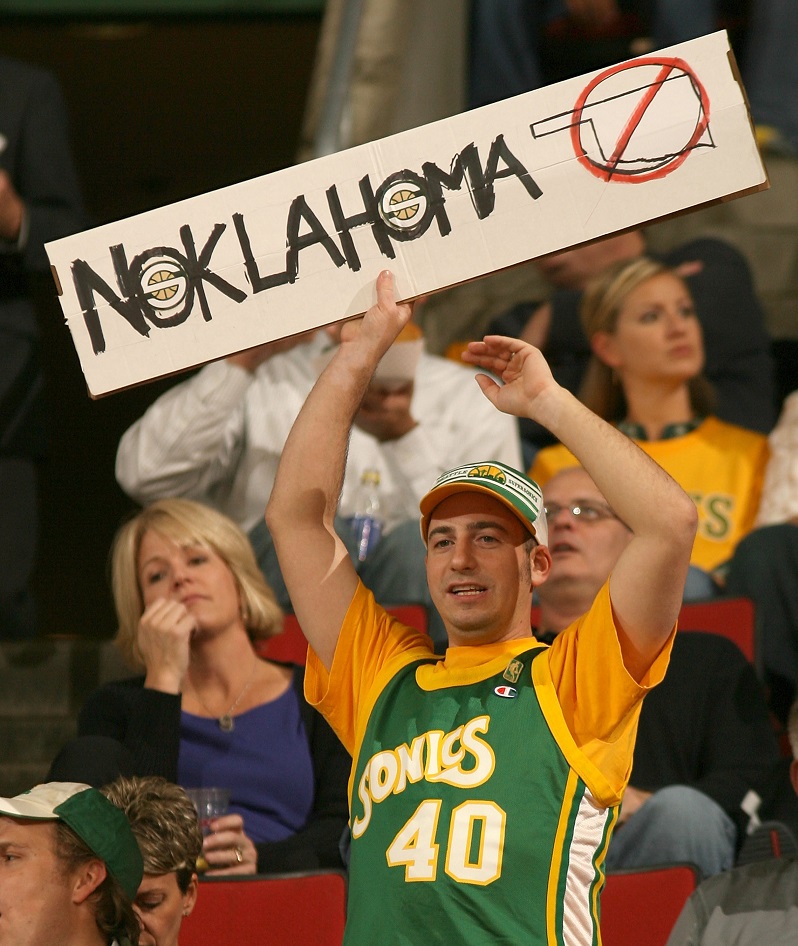









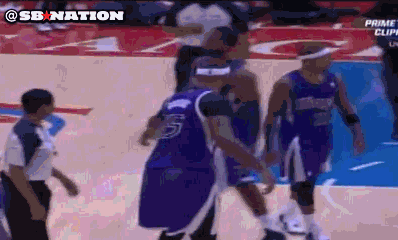

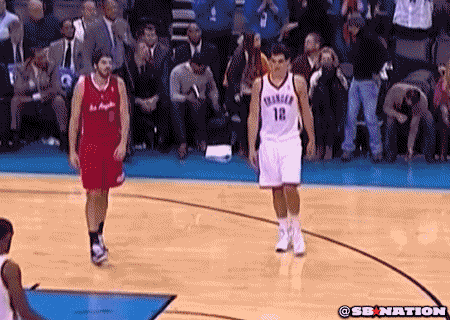


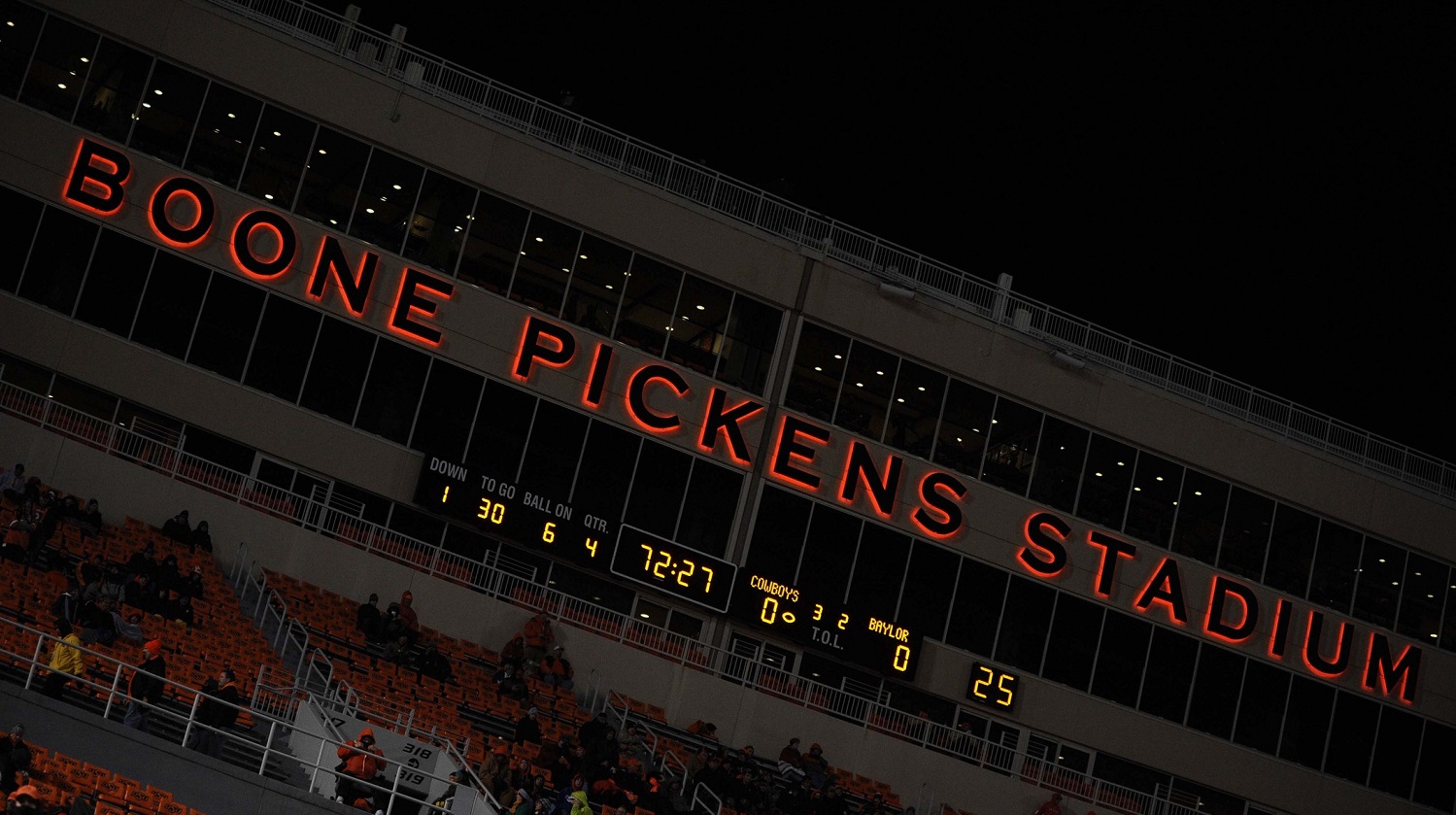




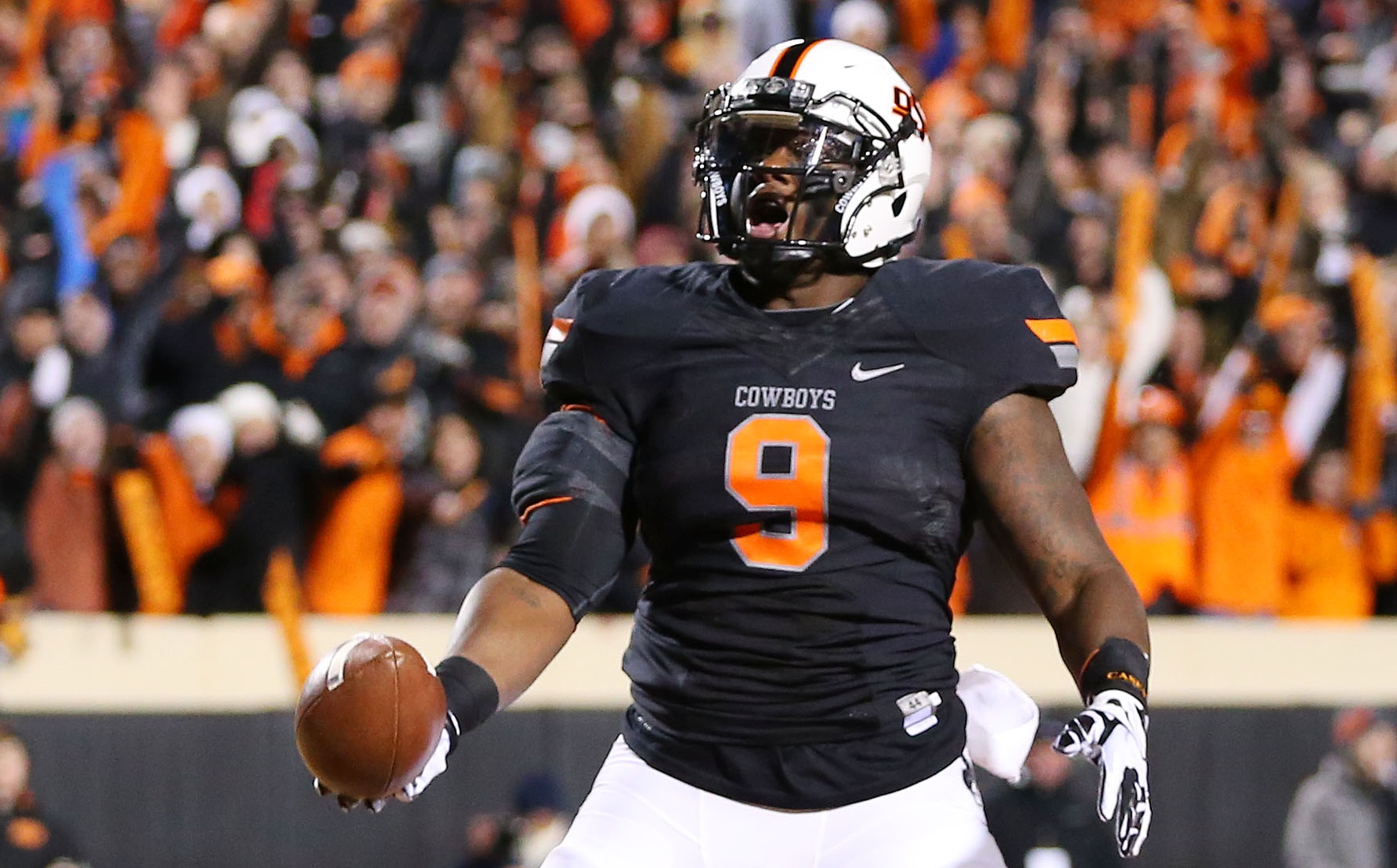




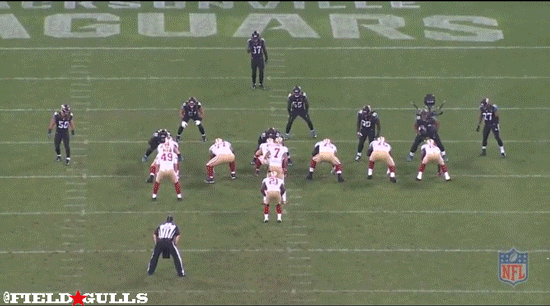
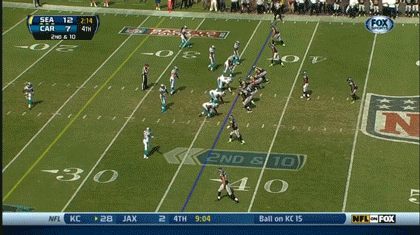

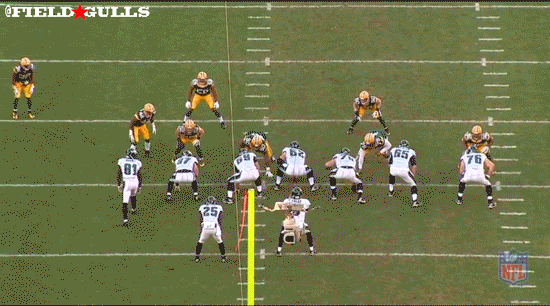



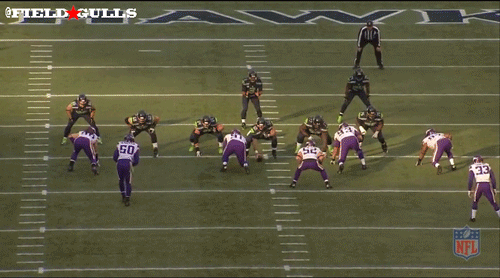
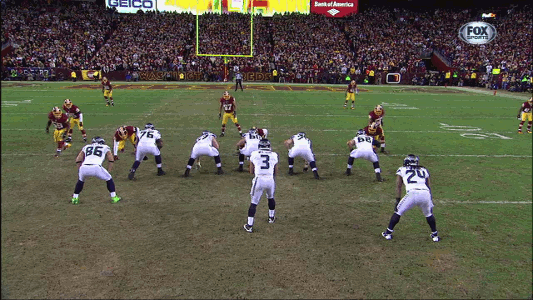
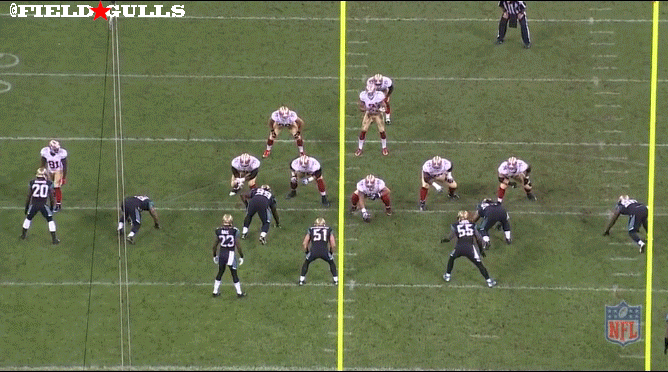

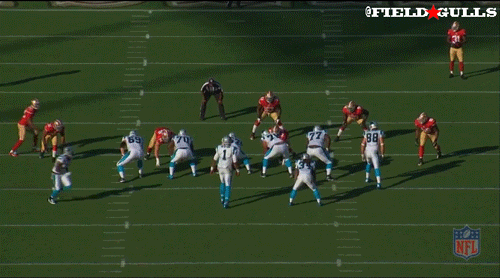

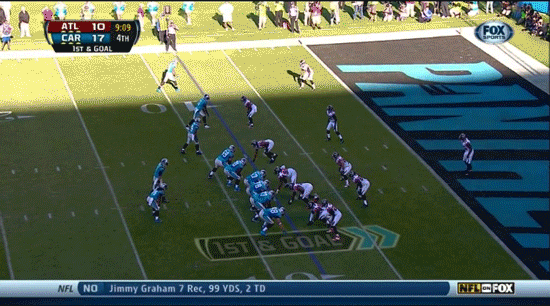





 o the turkey and stuffing has been consumed, the tree and ornaments at least thought about, and the Lions game yelled at. Now begins the three-week scramble to figure out what the heck to buy for the sports-loving fans in your life. Well, we're here to help.
o the turkey and stuffing has been consumed, the tree and ornaments at least thought about, and the Lions game yelled at. Now begins the three-week scramble to figure out what the heck to buy for the sports-loving fans in your life. Well, we're here to help.

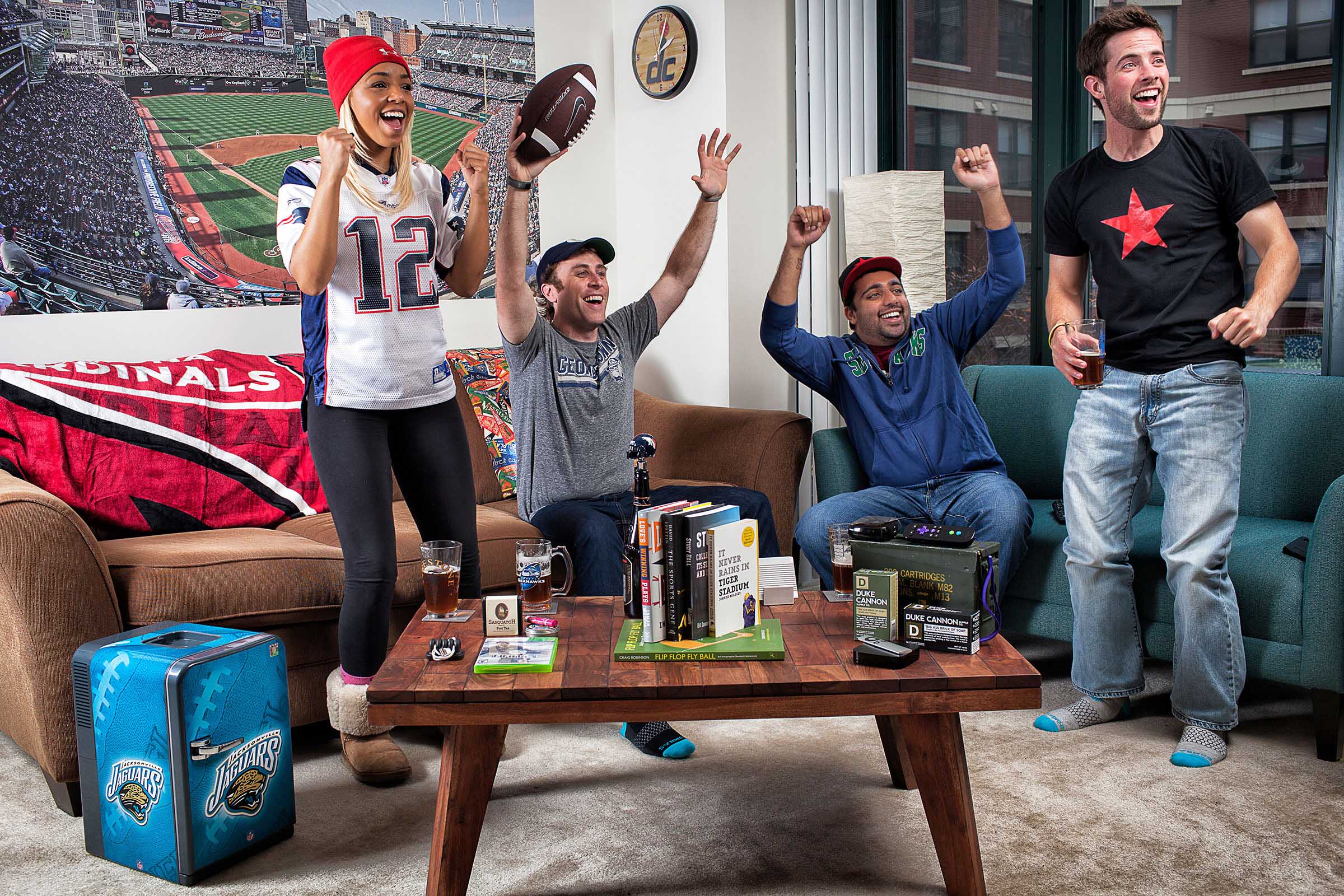




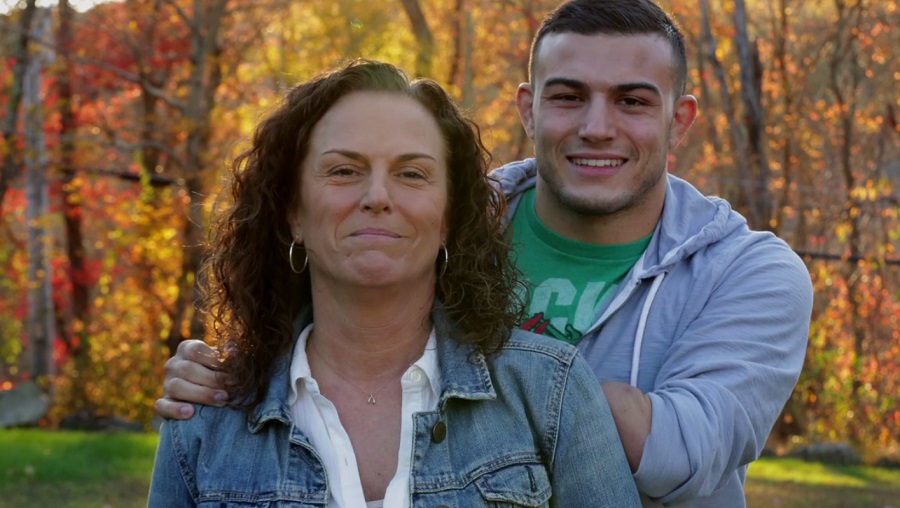
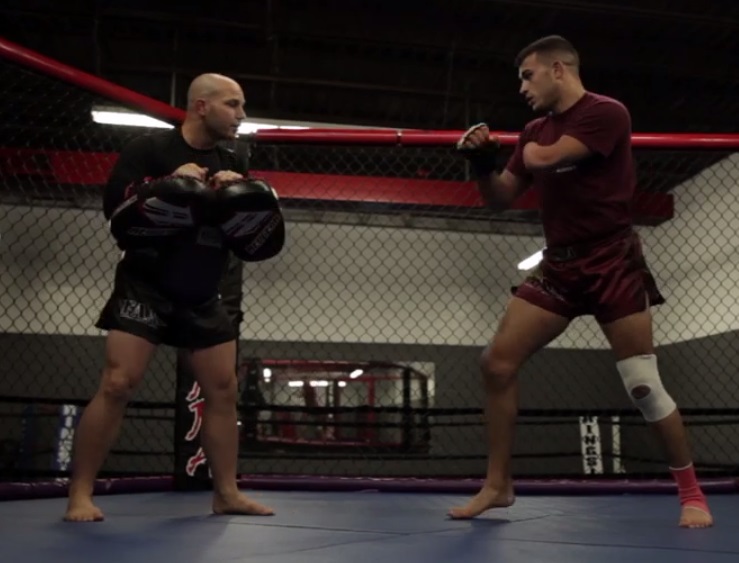

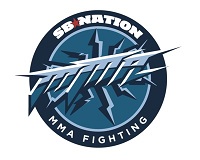




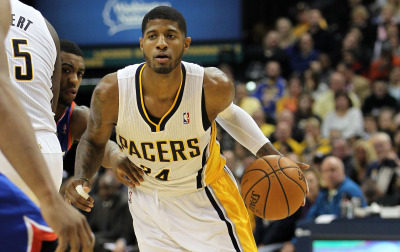









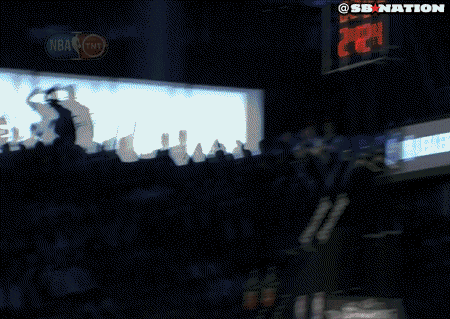






























































 The LaBelle brothers.
The LaBelle brothers.



 The Tousignant brothers.
The Tousignant brothers.


